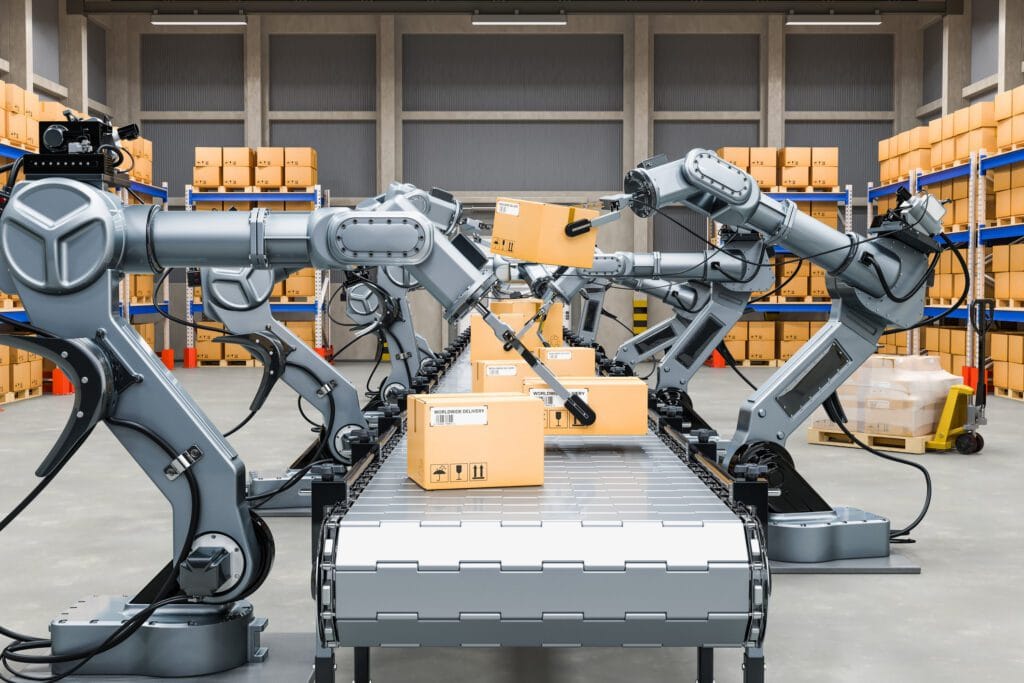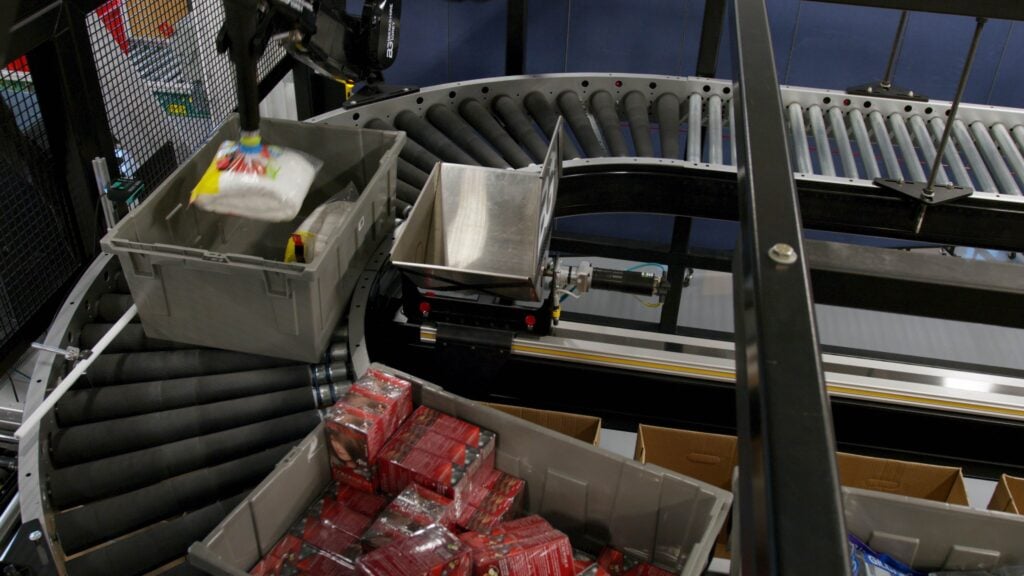The Future of Warehouse Automation: A Deep Dive into Robotic Put Wall Systems
During our recent webinar titled “Automate and Accelerate: Replacing Pick-to-Light with …


The labour crisis in the supply chain has reached a critical point, with the effects of Brexit and COVID-19 both impacting employee availability in an industry that has been overstretched for some time. Many retail, eCommerce, and logistics organisations have already introduced aspects of automation to maximise productivity and efficiency. With recent advancements in the field of robotics, businesses are considering how intelligent robotic automation could be the way to futureproof their workforce.

It’s no secret that warehousing is one of the industries with the highest employee turnover rates. Short employment terms are often caused by perceptions of unappealing working conditions and a lack of job satisfaction. The average age of workers is high (an estimated 25% of the global supply chain are beyond retirement age) and the physically demanding nature of some of the jobs can take its toll. These are factors that have contributed to the supply chain’s workforce problems over several years, with many companies struggling to fill vacancies, not to mention the significant costs involving sick leave and repeatedly recruiting and training staff.
Many factory and warehousing jobs are staffed by European-born workers who will be affected by the planned points-based system to be introduced as a result of Brexit. A government policy document from February 2020 said one of its aims was to attract skilled workers and to end a reliance on low paid labour from Europe, but for the supply chain it creates a big gap: these workers constitute around 20% of the workforce.

Many warehouse employees from Europe and other countries have already returned to their home country because of concerns about COVID-19: about 1.3m foreign born workers left the UK during the pandemic. At the same time, businesses have been forced to implement social distancing in usually highly populated workplaces, introduce PPE, and establish additional hygiene measures. These measures, although necessary, are costly and detrimental to productivity.
Added to these challenges is the increased demand many businesses have experienced due to the rise in eCommerce through the pandemic. In “normal” times, a surge in orders would require employing additional workers, but this has been hard to fulfil in these times. If staff are not available, customer orders are not fulfilled efficiently, and the business has a profitability and customer satisfaction problem.

It’s easy to see how intelligent robotic automation can resolve these issues. Robots can take on the most repetitive tasks where jobs are hard to fill. They are reliable, scalable, space-saving and do not require PPE or shift schedules. They are ideal for fulfilling repetitive tasks that require heavy lifting, high-volume picking, and levels of accuracy.
Faced with increased demand and reduced labour availability, several of our customers have extended their robotic system operating hours to provide a reliable, non-stop workforce. This has produced real bottom-line benefits: one distribution centre has reported $1 million in savings per year, as well as significantly higher item-pick replenishment volumes.

This is, however, not about immediate wall-to-wall automation or replacing the entire workforce with robots. As the availability and inclination of workers to fill certain supply chain jobs declines, new roles are emerging such as operating and monitoring the robots. As automation becomes ubiquitous, workers will be redeployed in more skilled and varied tasks that bring greater satisfaction and, for the business, result in lower staff churn rates.
We are on the cusp of great change in the workplace and robotic integration is the next stage of its evolution. At Berkshire Grey, we take a holistic approach to automation: it’s about augmenting existing operations, alleviating the physical demands on human workers and enabling them to focus on the enhanced tasks created by digitisation. To futureproof the workforce and the organisation as a whole it is no longer a question of if companies might move to automation, but how quickly.
A version of this blog post appeared in the March 2021 digital edition of Factory & Handling Solutions.
During our recent webinar titled “Automate and Accelerate: Replacing Pick-to-Light with …
We are proud to share that Berkshire Grey has achieved SOC …
As warehouse operations evolve, the demand for efficient, scalable, and space-saving …
Contact the BG Fulfillment Automation Sales Engineering Team to Learn How to:
Call +1 (833) 848-9900
or connect using our form.